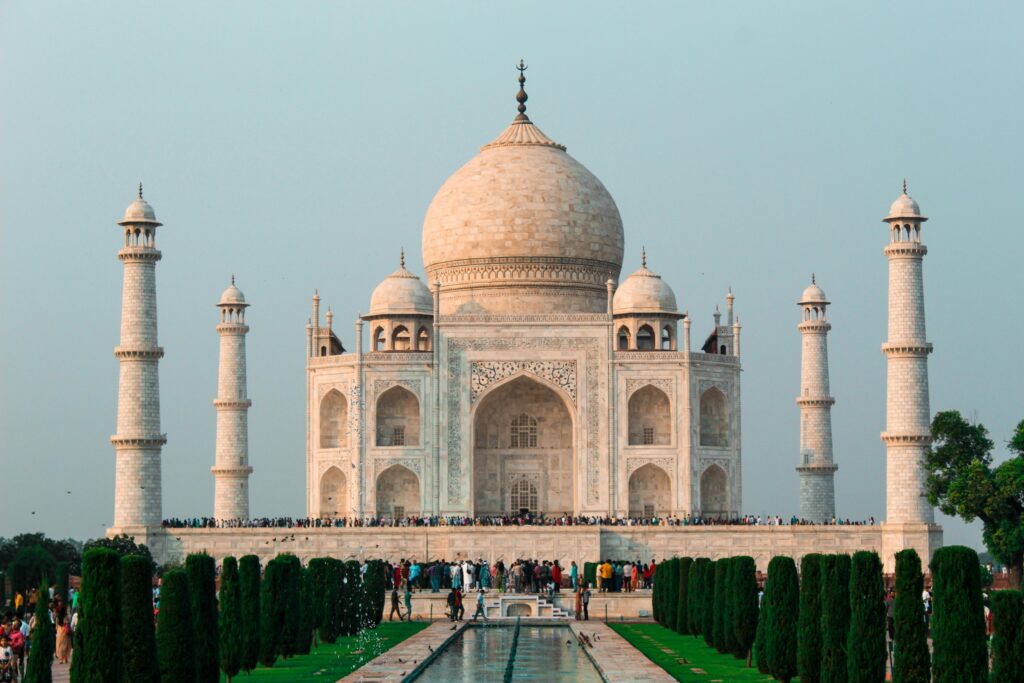The fashion sector has always led the way with cultural, if not personal, expression, but the past ten or so years have made it a giant expansion industry for cultural influence and financial clout. From the iconic catwalks to internet shopping, fashion nowadays is not so much about apparel—it’s a multicultural global phenomenon of expression, creativity, and making a living for millions upon millions of individuals globally.
One of the most sensational features of the new world of fashion is that it has gone global. What was previously localized in the fashion hubs of Paris, Milan, London, and New York now reaches Tokyo, Seoul, Mumbai, Lagos, and Dubai. Local designers now produce international trends, selling local culture in new-world clothing. Fashion has gone global, and the new world of diversity is where the multitude of styles, fabrications, and traditions are mixed and matched to produce new and exciting trends.

The fashion sector is also expanding with the expansion of fast fashion and e-commerce. Retail chains such as Zara, H&M, and Shein have facilitated customers’ access to new fashion items at affordable prices at the click of a button. Customers’ need for constant updates in their wardrobe has made it a booming market for customers of all ages and sense of fashion. Social media platforms such as Instagram and TikTok have also expanded with it, making fashion interactive and faster than ever before. Online shopping has revolutionized fashion consumption. Small ensembles and individual designers can sell to global markets without the need to open physical outlets. Etsy, Shopify stores, and ASOS Marketplace offer a platform for enterprise and creativity to flourish. Trends begin from content creators and influencers, and this creates a new marketing platform based on images and interactions rather than adverts.
Another exciting trend in the future of fashion is its growing concern for sustainability. More and more people waking up to the eco-tailprint of fashion, not to mention fast fashion, means consumers and brands are now starting to head in greener directions. These include organic fibers, waste reduction, and recycling, and promoting slow fashion, or the prioritizing of quality, rather than quantity. Ethical production practices, fair compensation, and cruelty-free fashion now come as an added priority for the vast majority of responsible consumers.
Technology is transforming the fashion consumption and design loop as well. Virtual try-ons, 3D-printed clothes, and AI-generated patterns, and metaverse fashion are transforming the fashion experience with fashion innovation. Digital fashion, fashion that exists solely in the virtual world, is being used more and more in games and virtual worlds, showing the innovation of the sector. Fashion is becoming a formidable industry in itself in nations such as Pakistan, India, and Nigeria. The ancient art is being rekindled with a contemporary touch, and traditional material like khadi, silk, and hand-blocked fabric is being revived in international markets. Fashion is not longer a matter of style—it’s business, technology, ethics, and culture. Fashion is innovation-driven, globalization-driven, and creativity-driven and provides endless opportunities to customers and designers alike. And as it continues to evolve, fashion will always mirror the society—bold, expressive, and dynamic.




